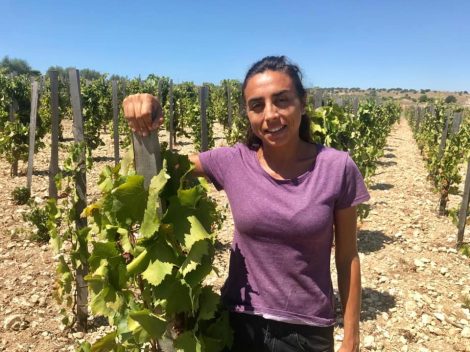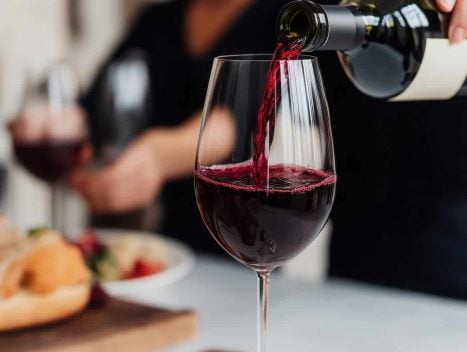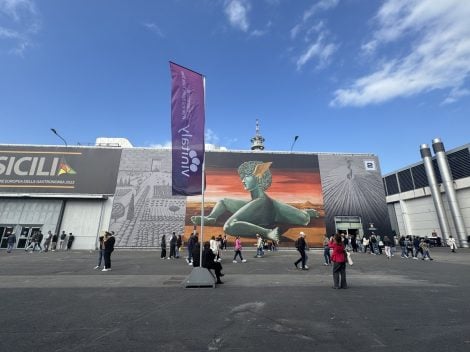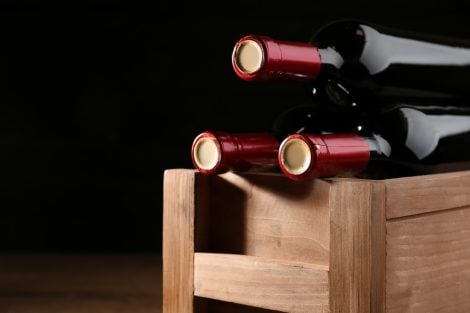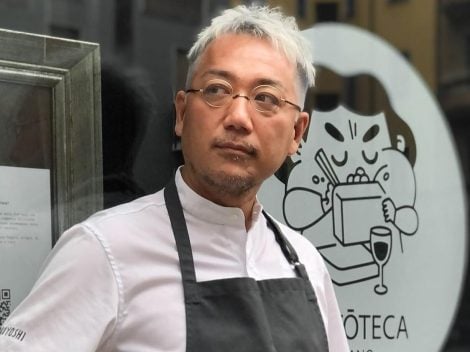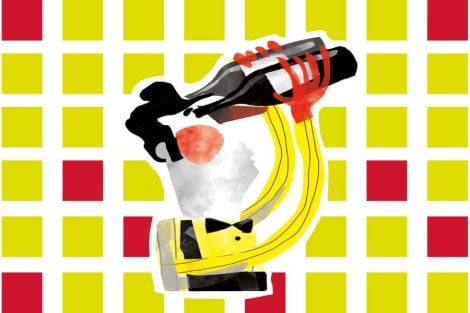From the 23rd to the 29th of November, the fifth edition of Settimana della Cucina Italiana––Week of Italian Cuisine in the world will hold up the flag of national food and wine abroad, even in a difficult year like this one. Furthermore, in a world shaken by the pandemic, the event promoted by the Ministry of Foreign Affairs and International Cooperation will focus on the value of post-Covid nutrition, with a week of virtual and in-person events, menus and ad hoc dinners; plus two pivotal topics that illustrate the history of Italian cuisine (Pellegrino Artusi), his present and his legacy (the Mediterranean Diet).
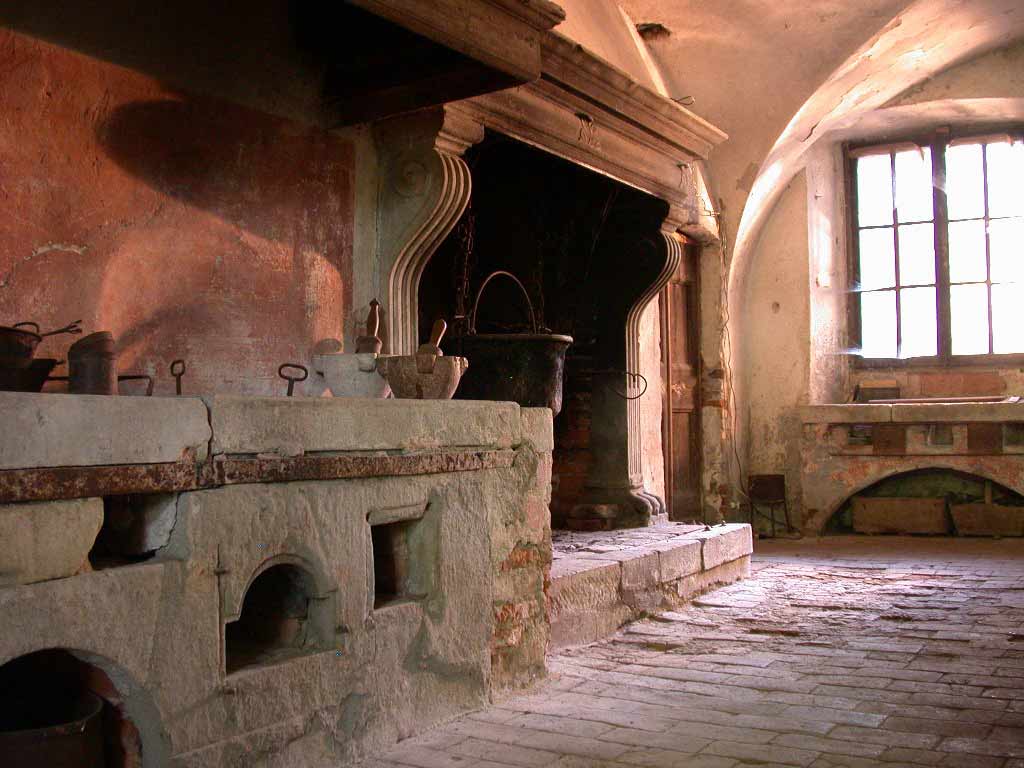
Discovering the ancient kitchens of 25 historic Italian residences thanks to ADSI
The initiative promoted by Associazione Dimore Storiche Italiane (ADSI) fits into this context, which for the occasion reveals the gastronomic soul of some of the most prestigious and fascinating historic residences in Italy, including villas, castles and noble palaces. More often than you think, these residences have preserved the legacy of historic kitchens, handing down ancient recipes and traditions, but also the atmosphere and furnishings of the rooms that for centuries housed the kitchens of the palace, now largely turned into museums. For the fifth edition of the event, therefore, ADSI has chosen to share the story of 25 kitchens housed in as many Italian residences, also through unpublished photographic and video material. In addition, the Association will also share online 40 recipes rooted in the territories in which the residences exist, giving the opportunity to reconstruct a complete and varied picture of the origins of the regional gastronomic traditions of Italy. The goal is to spread the knowledge of this heritage to the Italian public, but above all to make the history of these kitchens and the residences where they are located accessible to a vast international audience. An audience that's sensitive to discovering the charm of the historic places of Italy, and that's attracted by our gastronomic culture (for this reason the initiative will also be available online in English and Russian language).
The kitchens of castles, villas and palaces
The project will illustrate the peculiarities of the palace kitchens, environments that in some cases are still functioning, whose operational spirit articulating the spaces is well preserved, according to a rigorous system of contiguous and complementary areas gathered around the room for cooking food (on wood and coal-fired stoves), spaces used for the preservation of products, for the salting of meats, for washing of dishes. But time has also often preserved furnishings and utensils for preparing and cooking food. In this way it will be possible to enter the kitchen of the Castello della Gherardesca, in Castagneto Carducci, where the culinary tradition of the Upper Maremma has been handed down for centuries, including game cooked "al pentolo" and castagnaccio; or virtually visit the kitchen of the Lombard Castle of Chignolo Po, where the cellars and the Orto dei Semplici still survive: already in the middle of the 13th century, Emperor Conrad of Swabia stopped here on a journey through Italy to fight Charles d'Anjou. The documents bear traces of the succulent lunch set up for his stop. The Madonie National Park, on the other hand, has kept the kitchen of the Mongerrate Farm of the Princes of Baucina since the end of the 19th century. In the rural complex, the kitchen was at the service of the princes and their guests, but also provided victuals for the servants, who ate their meals in a large room adjacent to the fire roasting room. The history of the kitchen of the palace in Corigliano Rossano is linked to the name of the Amarelli family (does Calabrian licorice ring a bell?). Linked to Pope Pius VIII is the history of Palazzo Castiglioni, in the Marche region, in the charming village of Cingoli. Moving far and wide across the country, the initiative allows users to touch all the regions of Italy and reach the hidden kitchens under the tutelage of ADSI. For now, this is only possible virtually. While waiting for the historic residences to open to visitors once again.

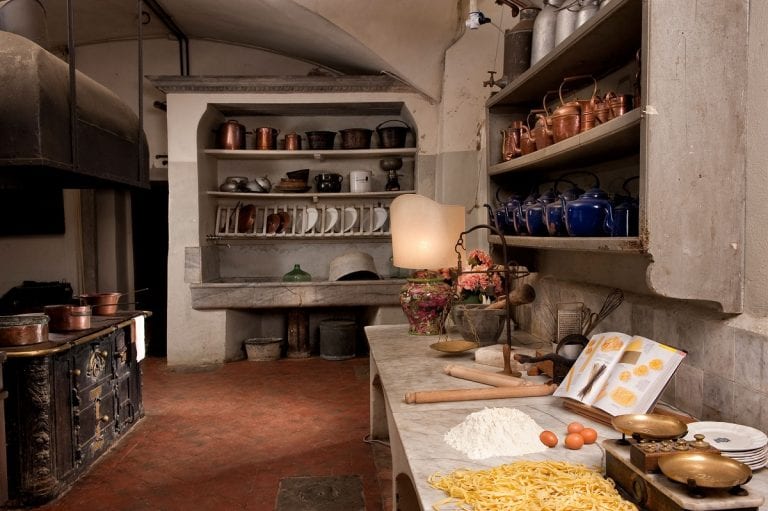
 Trump’s first trade war cost Americans $27 billion. USDA analysis
Trump’s first trade war cost Americans $27 billion. USDA analysis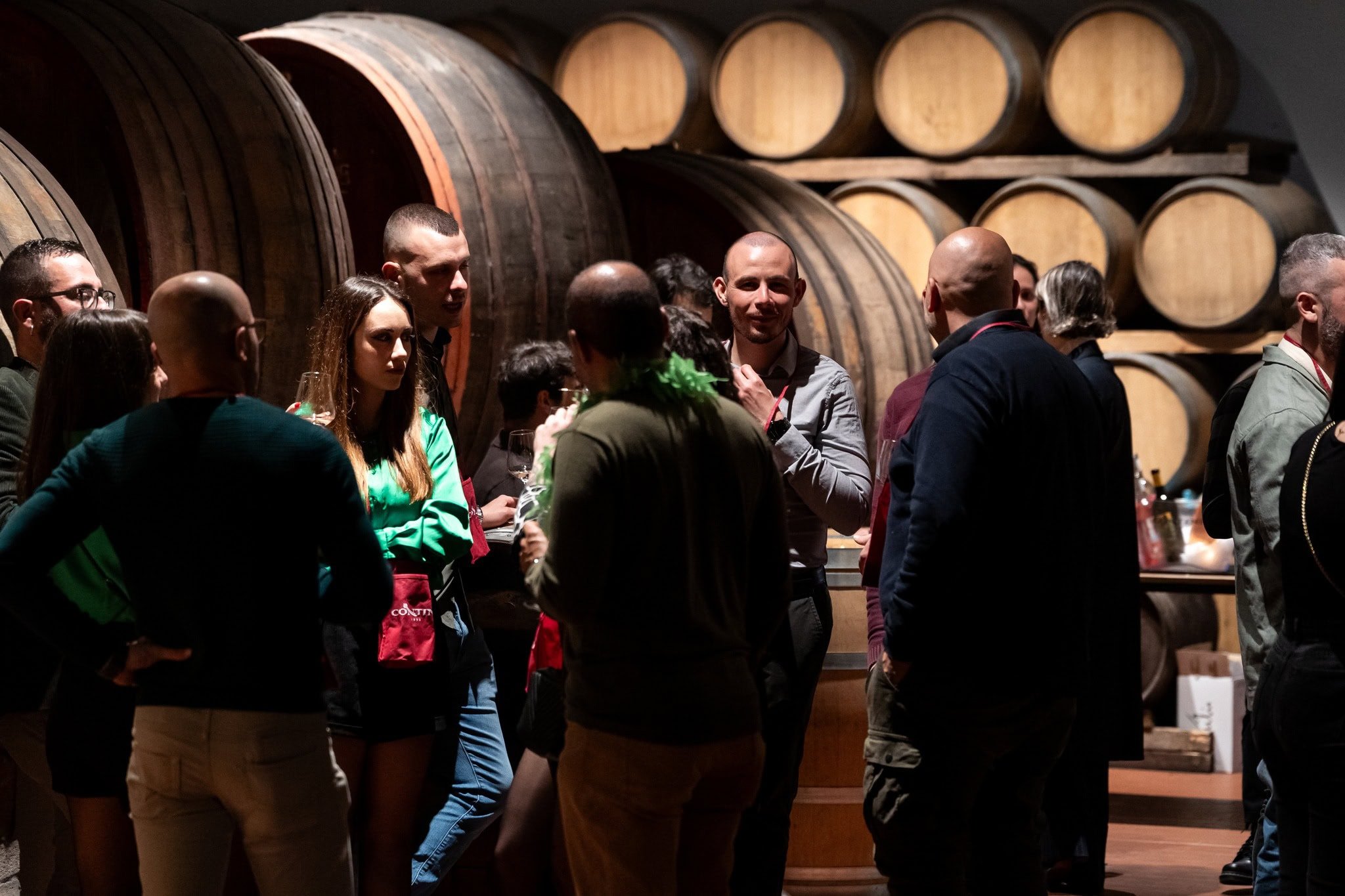 Here are ten Rare Wines you absolutely must try
Here are ten Rare Wines you absolutely must try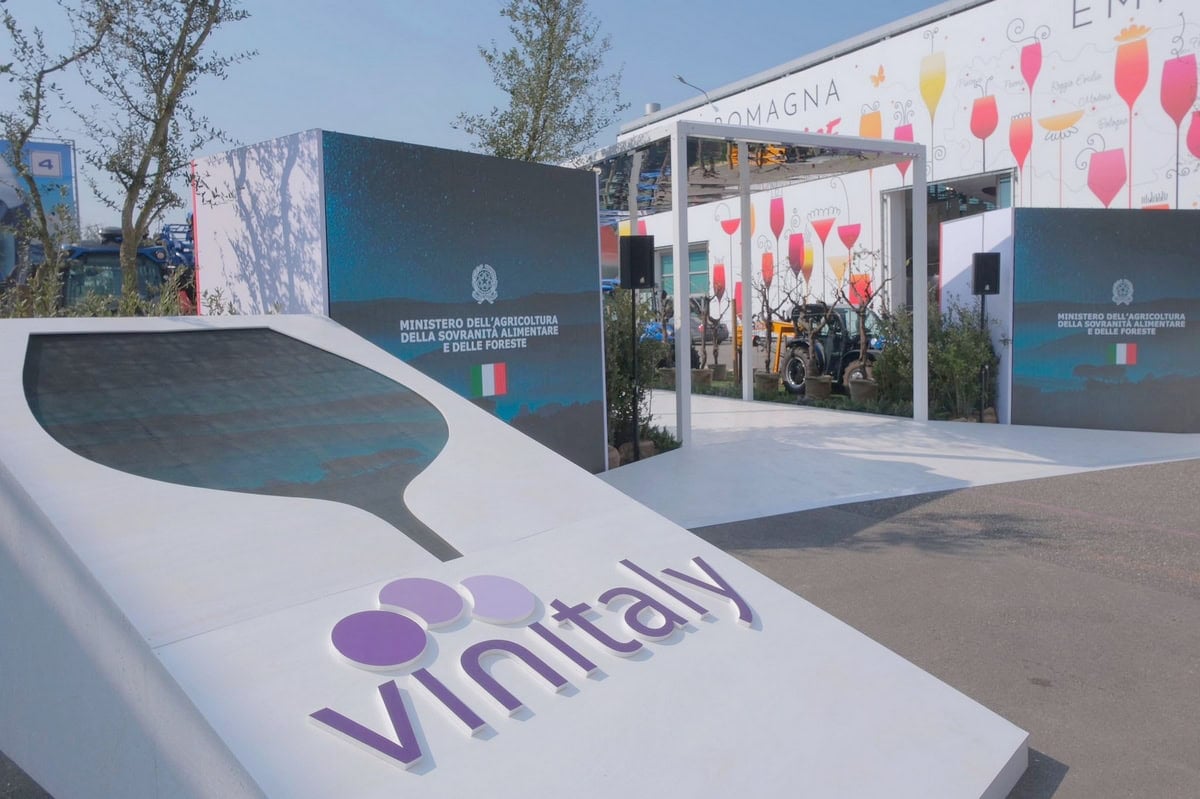 The “Tariff Vinitaly” closes with 97,000 attendees: one third from abroad. See you on 12 April 2026
The “Tariff Vinitaly” closes with 97,000 attendees: one third from abroad. See you on 12 April 2026 Trump “freezes” tariffs for 90 days. UIV: “Now work towards zero tariffs on wine too”
Trump “freezes” tariffs for 90 days. UIV: “Now work towards zero tariffs on wine too” Dealcoholised wines, everyone halt: production in Italy is blocked until 2026
Dealcoholised wines, everyone halt: production in Italy is blocked until 2026
